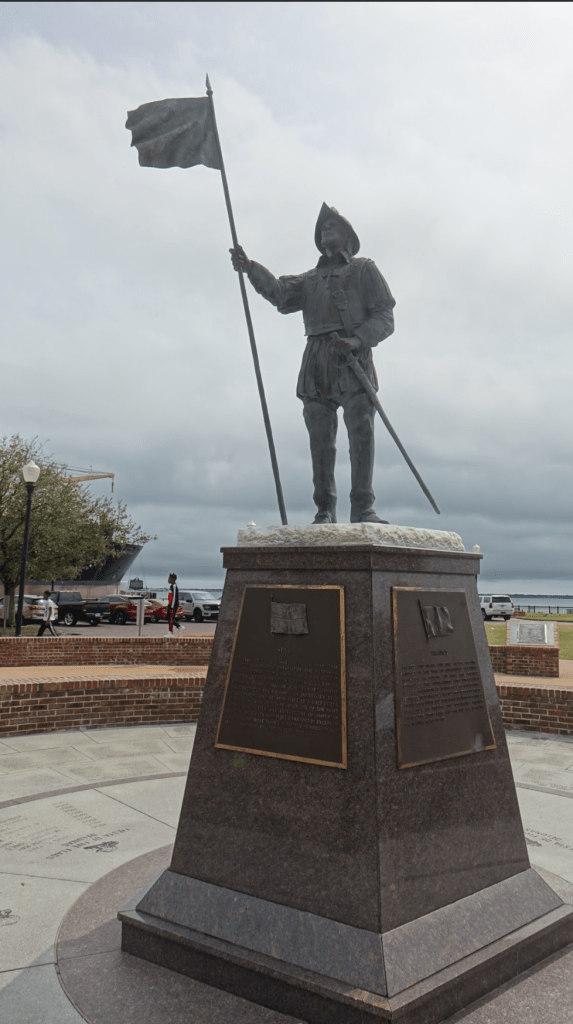 (edits by Abbie, arren, marty, MIKE)
(edits by Abbie, arren, marty, MIKE)
Pensacola is home to hundreds of public art installations, including the 70+ iconic pelican statues and at least seven murals downtown. Now the city has been planning on adding yet another mural downtown.
They proposed a 36-foot mural installation at 100 W. Garden St., just past Palafox. The proposed installation site, previously a Bank of America, is currently being renovated, with hopes of space for a restaurant and retail and office spaces. At a meeting with the Architectural Review Board (ARB) regarding whether the mural would damage the architectural or historic value of the building. The ARB unanimously voted on the mural’s installation.
All seven of the current, prominent downtown murals have been installed by the UWF Historic Trust as part of the “POP: Murals” program. UWF, which represents so much of downtown Pensacola’s modern art and culture, seemed to have rejected the mural themselves. UWF Historic Trust preservationist Ross Pristera reportedly said of the mural, “I think, where this one’s located, it can be a little different, but we’re a little concerned about the busyness and clarity of it.”
The presented pop-art mural design features an orange background with many images of Pensacola history and culture overlapping, including the UFO beach house, the Blue Angels, the beach ball water tower, and—the focal point of the mural design—a portrait of 16th century Spanish conquistador Tristán de Luna.
While many argued the piece was too busy or did not represent the historical significance of Pensacola clearly enough, the biggest critique was that no known portrait of de Luna exists. Instead of de Luna, the portrait was of de Luna’s boss, Luis de Velasco, rather than the conquistador himself. This confusion of the two men likely started with the National Park Service, when they posted a portrait of Luis de Velasco beside an online article about de Luna.
UWF professor of anthropology and expert on Spanish colonial history reportedly said, “As far as I’m aware there are no historical portraits of Tristan de Luna, all the ones I’ve seen that are supposedly him are other people, typically Viceroy Velasco.”
Pensacola has long supported de Luna as part of its heritage, even building a statue in his honor at Plaza de Luna at Palafox Pier. De Luna first sailed into what is now Pensacola Bay in 1559 to establish the first European colony in North America, under orders from Luis de Velasco, the second viceroy of New Spain.
The settlement was abandoned after two years due to damage and hardships sustained by a violent hurricane that struck within days of their landing. In 2016, the UWF archaeology program found a third shipwreck from the DeLuna fleet, Emanuel Point III.
